Affiliate links on Android Authority may earn us a commission. Learn more.
Samsung Galaxy Tab S8 vs Galaxy Tab S9: Should you upgrade?
March 25, 2024
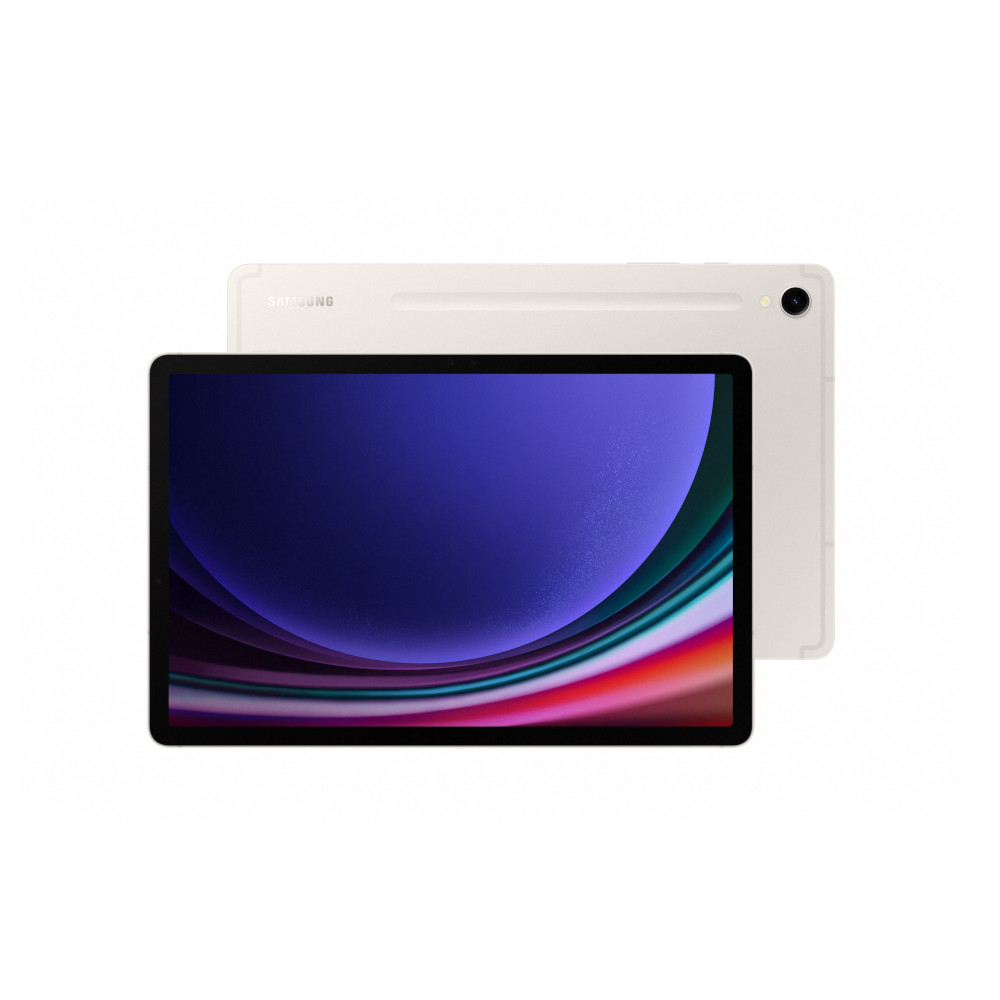






At first glance, it doesn’t look as if Samsung packed too many updates into its latest Galaxy Tab S9 series. The new models are around the same size as their predecessors and offer similar specs. Yes, there are a few changes that Samsung hopes will tempt you toward its latest and greatest Android tablets, but what if you already have the previous generation? Let’s compare the Samsung Galaxy Tab S9 vs Galaxy Tab S8 series to see if you should upgrade.
We’ll compare the entire Galaxy Tab S9 lineup to the Galaxy Tab S8 series, just in case you’re eyeing the massive Galaxy Tab S9 Ultra.
Samsung Galaxy Tab S9 vs Galaxy Tab S8: At a glance
Curious about what’s new in Samsung’s latest flagship tablets? Here’s a quick rundown of the main updates:
- The Samsung Galaxy Tab S9 series is more powerful than the Galaxy Tab S8 series thanks to its Snapdragon 8 Gen 2 for Galaxy chipset.
- The base Galaxy Tab S9 should last a bit longer than the Galaxy Tab S8, too, with its larger 8,400mAh battery, though the Galaxy Tab S9 Plus and S9 Ultra have the same size batteries as the previous generation.
- Samsung's older Galaxy Tab S8 has a more flexible camera setup, offering 13MP wide and 6MP ultrawide cameras to the Galaxy Tab S9's single 13MP lens. The Galaxy Tab S9 Plus and S9 Ultra offer two rear cameras, upgrading from the 6MP ultrawide sensor to an 8MP option.
- The Samsung Galaxy Tab S9 has a better display than the Galaxy Tab S8, swapping the TFT LCD panel for a Dynamic AMOLED that now matches the two larger models.
- Both series will get four years of Android updates, but since the Tab 9 lineup launched with Android 13 instead of 12, it will get an extra OS update compared to its predecessor.
Samsung Galaxy Tab S9 vs Galaxy Tab S8: What’s changed?

Rather than stick you with a specs table of biblical proportions (there are six total tablets, for Pete’s sake) and leave you to sift through the details, we’re going to go ahead and pick out a few of the most important updates for Samsung’s new tablets.
First and foremost, the roasty toasty Snapdragon 8 Gen 1 chipset is gone. In its place, you’ll find Samsung’s overclocked Snapdragon 8 Gen 2 for Galaxy keeping the lights on. The swap in chipset should bring some decent performance upgrades, but, more importantly, it shouldn’t put as much stress on your battery while you catch up on your Netflix shows or wait for the next Max rebrand. Backing up that chipset, all three Samsung Galaxy Tab S9 options have between 8GB and 16GB of RAM and up to 1TB of storage if you pick up the Galaxy Tab S9 Ultra. You still get a microSD slot on all three tablets, too.
Qualcomm's Snapdragon 8 Gen 2 for Galaxy is the main — if not only — attraction when it comes to upgrades.
Outside of the upgraded chipset, the base Samsung Galaxy Tab picked up the most changes from its predecessor. The main difference most people will notice is that the Galaxy Tab S8’s TFT LCD panel is gone, with a shiny Dynamic AMOLED in its place. Samsung’s dynamic refresh rate also ranges from 60Hz to 120Hz. The Galaxy Tab S9 series also offers Vision Booster for the first time, so the displays can get a bit brighter in the harshest lighting conditions.
Rounding out the noticeable changes, Samsung axed a camera lens from its standard Galaxy Tab S9. It ditched the 6MP ultrawide option but kept the 13MP primary camera. Samsung tweaked its camera bumps, too, ditching the small pill-shaped housing for a larger circular cutout, just like on the Galaxy S23 series.
On the durability front, all three of Samsung’s Galaxy Tab S9 options pack IP68 ratings for water and dust resistance, making them better bets if you’re using the tablet for work or letting your kids play with it. None of the Galaxy S8 tablets offer an IP rating.
Samsung Galaxy Tab S9 vs Galaxy Tab S8: Size comparison
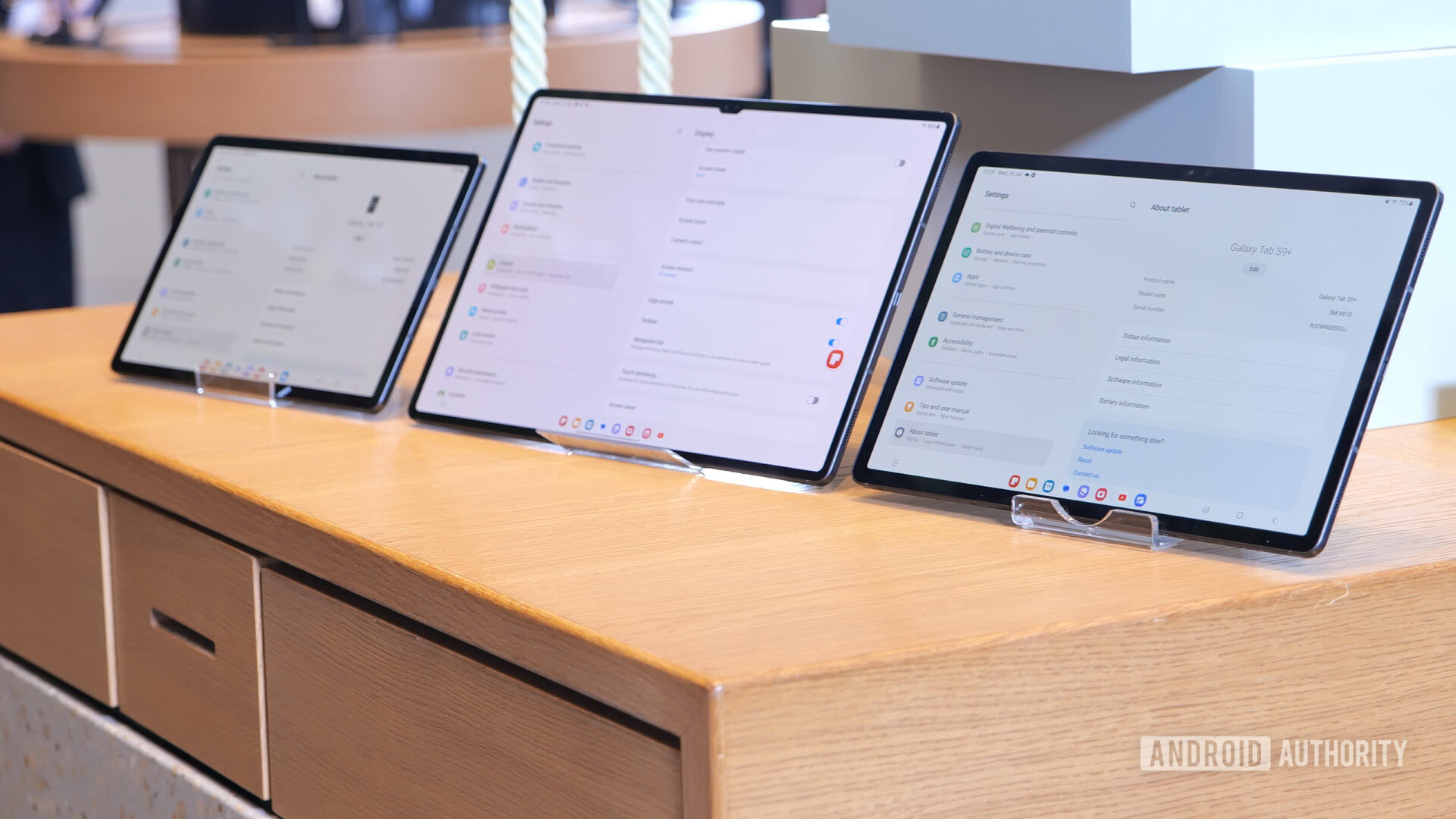
If there’s one aspect that can’t be used to differentiate the Samsung Galaxy Tab S9 from the Galaxy Tab S8 series, it’s a size comparison. Yes, there are slight differences between the two generations, but they’re measured in millimeters and grams — hardly enough for most people to notice. Samsung didn’t change any of its display sizes, so you’re still choosing between 11, 12.4, and 14.6-inch panels; the bezels are just slightly (and we mean very slightly) thicker.
For example, the standard Galaxy Tab S9 went from 253.8 x 165.3 x 6.3mm to 254.3 x 165.8 x 5.9mm. It picked up no more than half of a millimeter in any one direction, which allowed Samsung to go slightly thinner. In our review, we found the smaller tablet was awkward to use in portrait orientation, so trimming fat isn’t always the best course of action. The 11-inch slate also lost some weight — 5 grams, to be exact. Both the Galaxy Tab S9 Plus and Galaxy Tab S9 Ultra tell the same story, picking up fractions of millimeters, but the two larger slates gain a few grams in the process.
One benefit of the slightly larger sizes is that all three of Samsung’s Galaxy Tab S9 models now offer 20% larger stereo speakers. Unfortunately, the larger frame didn’t bring back the beloved headphone jack — you’ll still have to use Bluetooth ‘buds or hunt down a pair of USB-C headphones.
Samsung Galaxy Tab S9 vs Galaxy Tab S8: Battery and charging
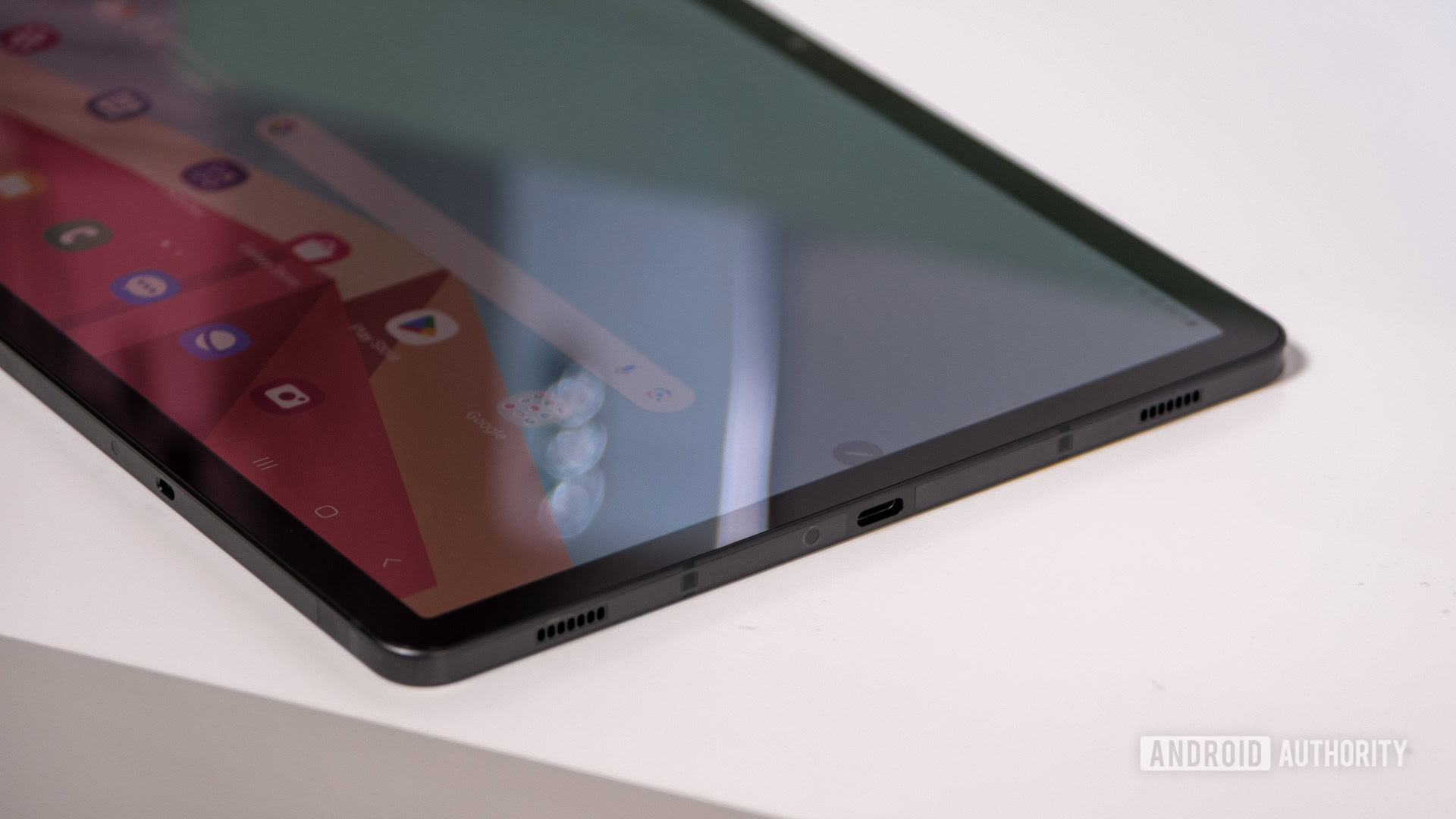
Sticking with the familiar, Samsung’s battery capacities and charging speeds haven’t changed much, either. The standard Galaxy Tab S9 is the only one to pick up an upgrade, expanding from an 8,000mAh cell to 8,400mAh. Otherwise, the Galaxy Tab S9 Plus and Galaxy Tab S9 Ultra are spot-on with their Galaxy Tab S8 predecessors, offering 10,090mAh and 11,200mAh, respectively.
That said, you should see slightly better battery life from the updated tablets thanks to the swap from Qualcomm’s Snapdragon 8 Gen 1 chipset to the Snapdragon 8 Gen 2 for Galaxy. The change brings with it a swap from Samsung’s 4nm architecture to TSMC’s much-improved setup and bumps to the CPU and GPU speeds. Qualcomm’s new chipset is more efficient, too, rearranging its performance cores and cleaning up its thermal management.
Of course, even the largest of batteries will eventually run out, at which point you’ll have to rely on wired charging to refill your Galaxy Tab. Whether you opt for the older Galaxy Tab S8 series or the new Galaxy Tab S9 models, you’re looking at 45W charging speeds across the board with a compatible USB PD PPS-enabled charger. Samsung claims that you can fill the batteries in about 80 minutes.
Samsung Galaxy Tab S8 vs Galaxy Tab S9: Price
- Samsung Galaxy Tab S8: Starts at $699
- Samsung Galaxy Tab S8 Plus: Starts at $899
- Samsung Galaxy Tab S8 Ultra: Starts at $1,099
- Samsung Galaxy Tab S9: Starts at $799
- Samsung Galaxy Tab S9 Plus: Starts at $999
- Samsung Galaxy Tab S9 Ultra: Starts at $1,199
The Galaxy Tab S9 series arrived as part of Galaxy Unpacked 2023 in Seoul, South Korea. Samsung’s updated trio comes more than a year and a half after the Galaxy Tab S8 series launch, officially going up for pre-order on July 26, with open sales starting on August 11, 2023.
Despite the limited updates, the Galaxy Tab S9 series picked up a $100 price increase across the board over the Galaxy Tab S8 family. There are a few upgrades that justify the change, like the Galaxy Tab S9’s Dynamic AMOLED panel, but most of the change likely comes down to increased RAM and storage. Both the Galaxy Tab S9 Plus and Galaxy Tab S9 Ultra have ditched their 8GB configurations, offering 12GB of RAM as the default. If that’s still not enough, or you need more storage, the Galaxy Tab S9 Ultra comes with up to 16GB and 1TB of expandable storage.
You can pick up the tablets from Amazon or Best Buy or grab a 5G-enabled version of the Galaxy Tab S9 Plus or Galaxy Tab S9 Ultra from carriers including Verizon, AT&T, and T-Mobile.
Samsung Galaxy Tab S9 vs Galaxy Tab S8: Should you upgrade?
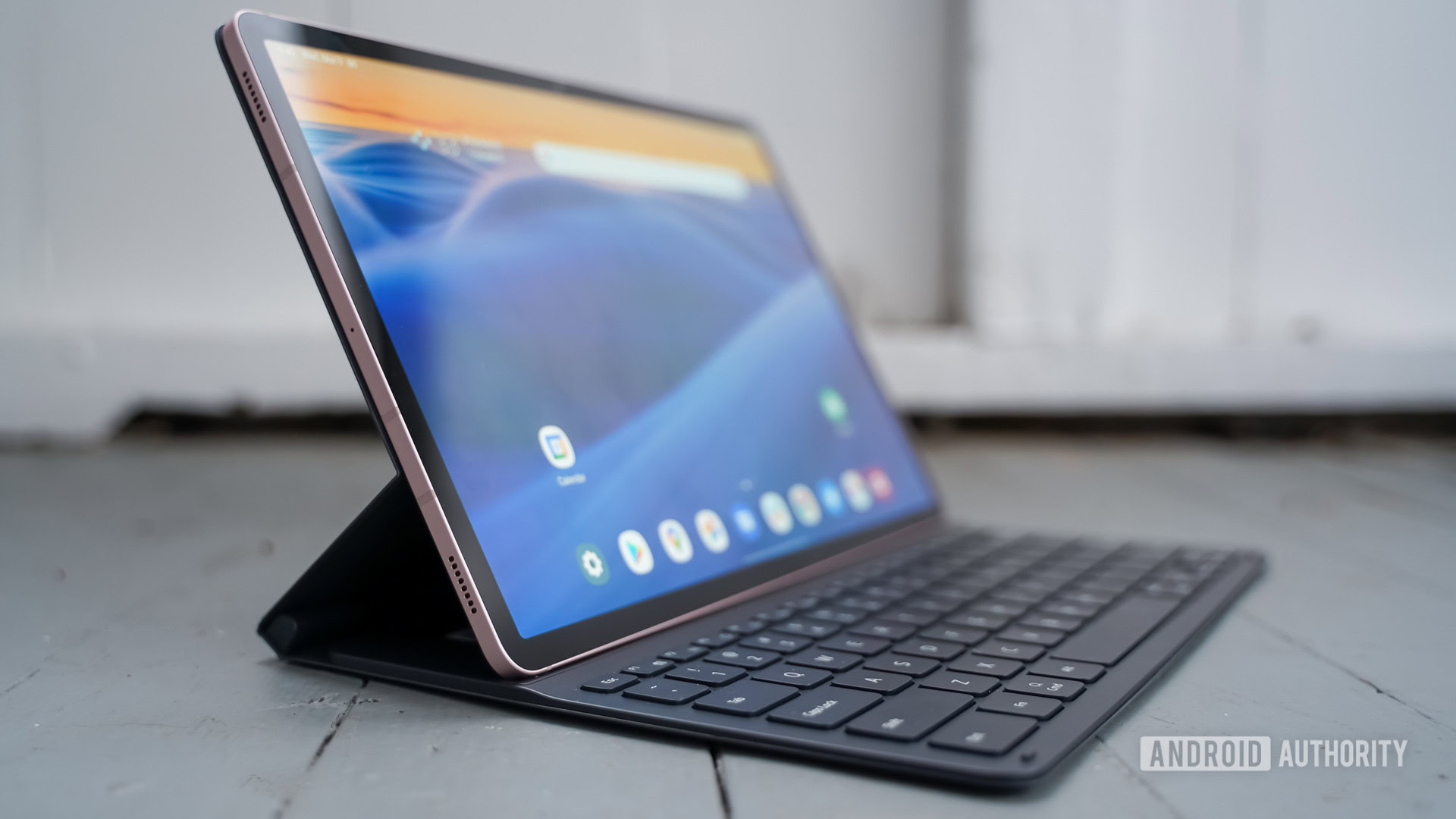
At the end of the day, the all-important question is whether you should upgrade from the Samsung Galaxy Tab S8 to the Galaxy Tab S9 or not. Yes, Samsung brought an AMOLED panel to its base Galaxy Tab S9 and the swap to the Snapdragon 8 Gen 2 for Galaxy should boost battery life and efficiency, but that’s about the extent of the upgrades. You might prefer the new camera designs if you’re really into minor aesthetic tweaks, but the Galaxy Tab S9 does sacrifice a lens, and cameras are just about the last reason to buy a tablet.
Perhaps the best — and maybe only — reason to upgrade is that the Galaxy Tab S9 series offers an IP68 rating against water and dust. Then there’s the software support — the Galaxy Tab 9 will get updated all the way up to Android 17, while OS support for the Tab 8 will end with Android 16.
Unless you need an 11-inch AMOLED panel or an IP68 rating, there's not much reason to jump from the Galaxy Tab S8 to the Galaxy Tab S9.
Honestly, it’s probably not worth spending the money to upgrade from Samsung’s Galaxy Tab S8 series to the Galaxy Tab S9 series, but that’s not always the case. If you’re looking to upgrade but you don’t want to pay full price, you can also look at Samsung’s Galaxy Tab S9 FE ($449 at Amazon) as an affordable alternative. You might be able to justify the jump if you’re coming from one of Samsung’s older tablets or if you’re jumping into the Android tablet game for the first time. Although, if that’s the case, you might want to see how the latest Galaxy Tab compares to the Google Pixel Tablet ($499 at Amazon) and the OnePlus Pad ($479 at OnePlus).
What do you think? Should you upgrade from the Galaxy Tab S8 series to the Galaxy Tab S9 series? Let us know in the poll below, and take advantage of some pre-order deals in the widgets.
Should you upgrade from the Galaxy Tab S8 to the Galaxy Tab S9?

Includes S Pen
Excellent display

Terrific display
Long software support commitment
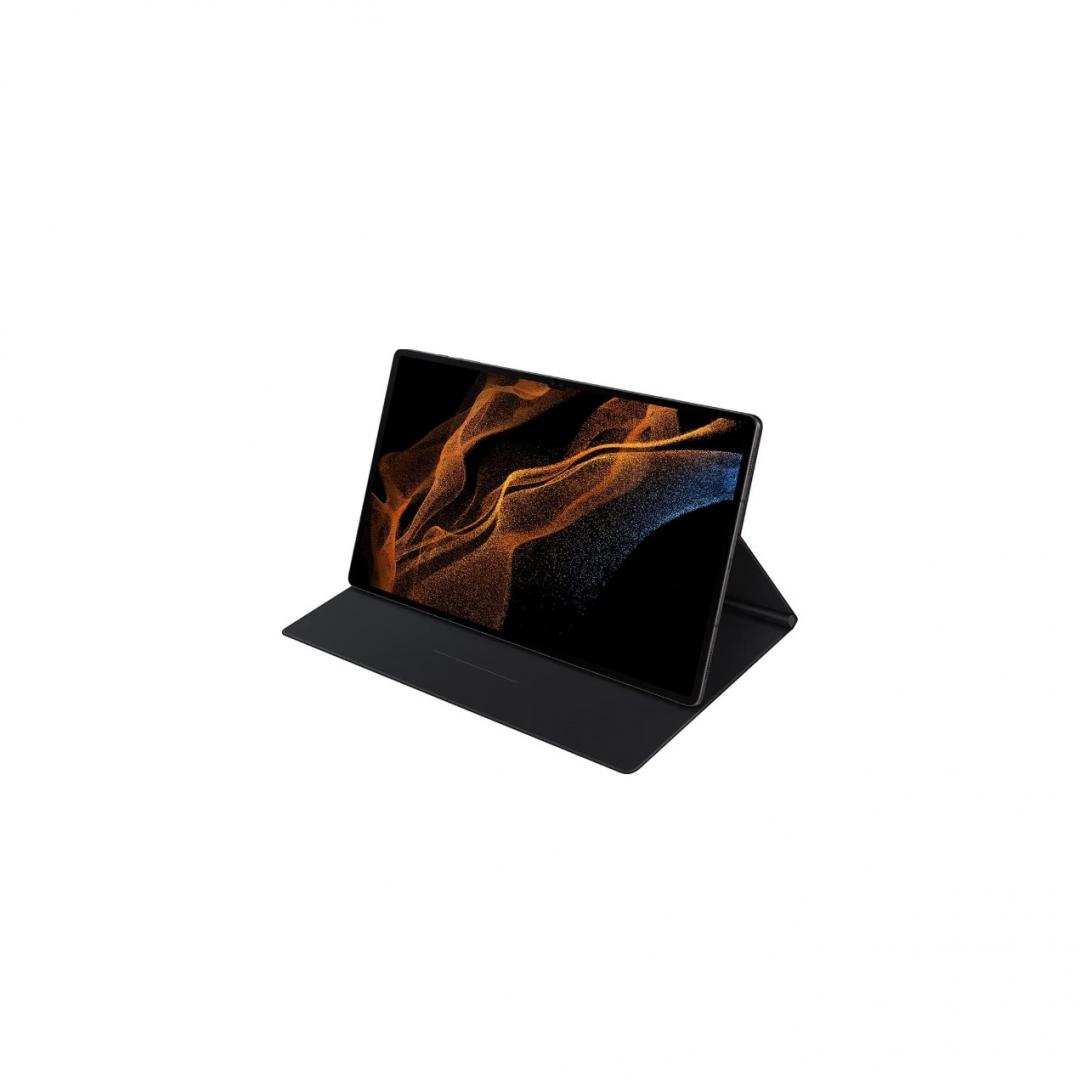
Slim design
Smooth performance


Premium, water-resistant build
Extensive update policy